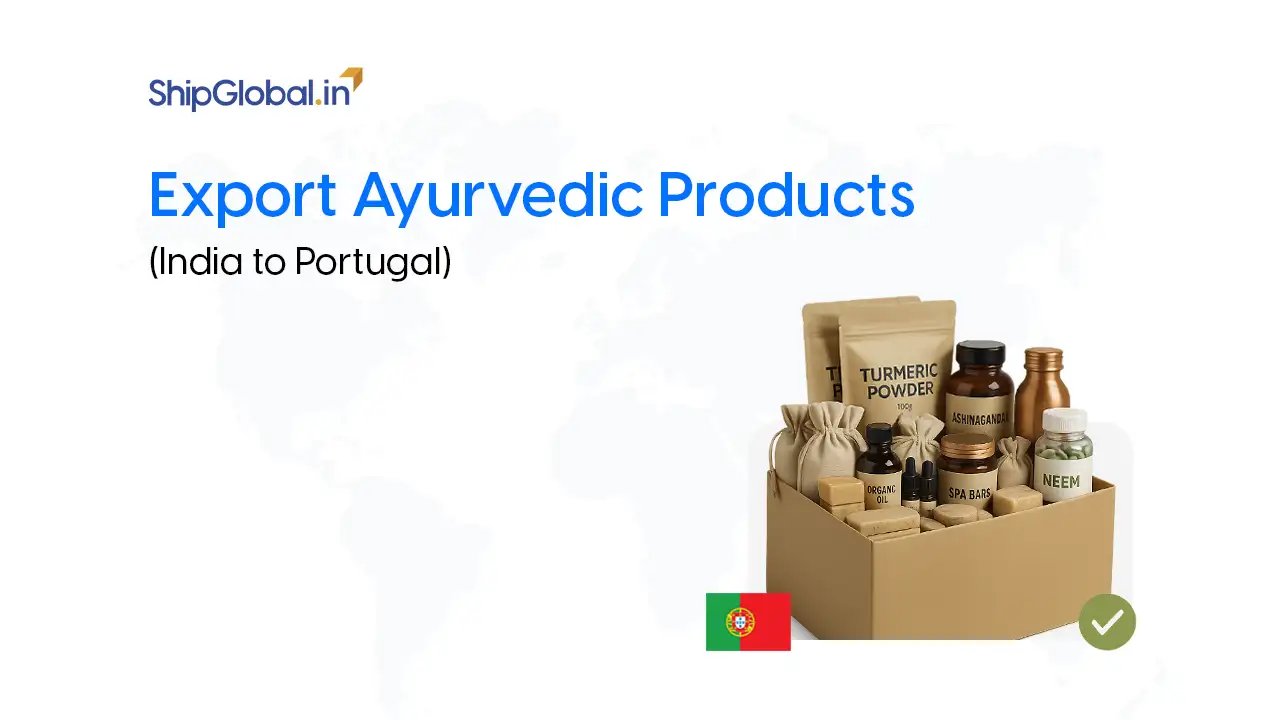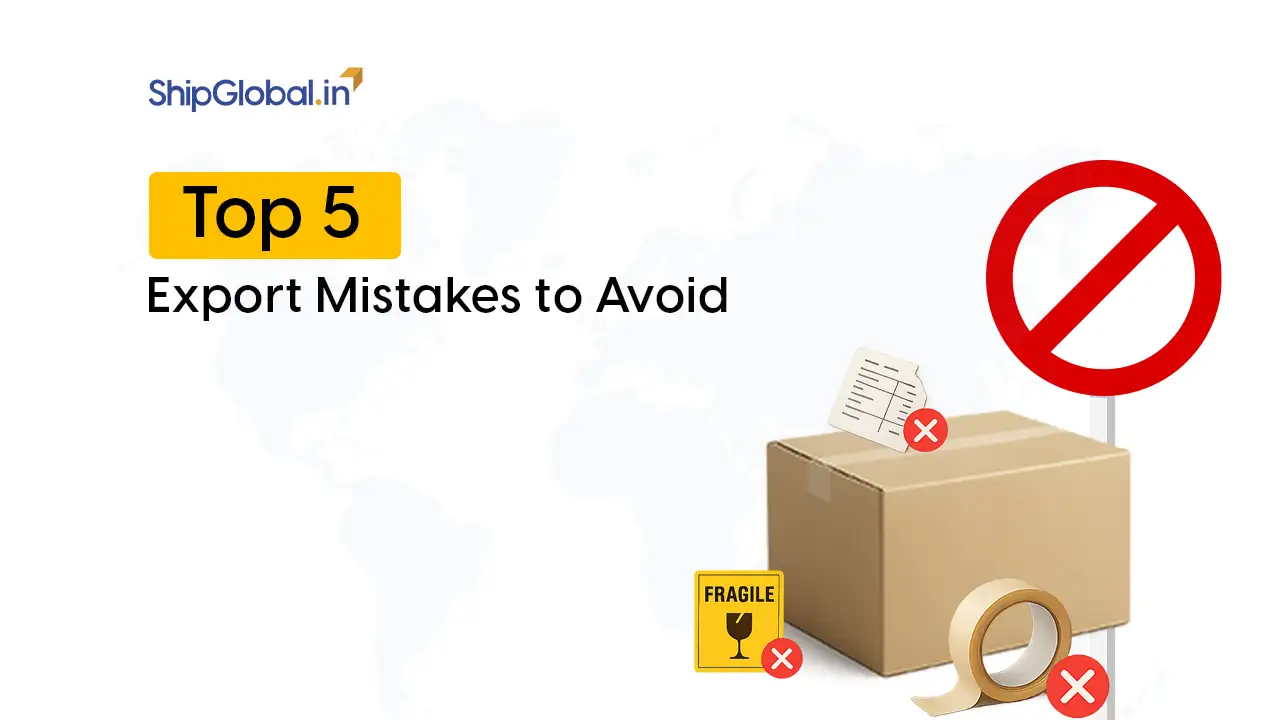As of 2025, the Merchandise Exports from India Scheme (MEIS) is no longer operational. Here’s a detailed overview of its history and status, and more importantly, why it was replaced by RoDTEP. Let’s break all of this down — from what MEIS offered, to why it had to go, and how RoDTEP has stepped in to fill the gap with a more compliant and exporter-friendly approach.
Background of MEIS
MEIS was launched under the Foreign Trade Policy (FTP) 2015-20 to promote the export of specified goods manufactured in India. Exporters were rewarded with MEIS duty credit scrips, which could be used to pay customs duties or transferred to others.
Key Features (When Active):
- Incentive Rate: 2% to 5% of the FOB value of exports.
- Coverage: Over 5,000 products, especially from labor-intensive sectors like textiles, handicrafts, and leather.
- Benefit: Duty credit scrips were freely transferable and usable for basic customs duty payment.
MEIS Status in 2025
The MEIS scheme was phased out and replaced by the RoDTEP scheme.
Reason for Withdrawal:
- The World Trade Organization (WTO) ruled that MEIS was non-compliant with global trade norms, as it was considered a prohibited subsidy under the SCM Agreement.
- India was required to shift to WTO-compliant, rebate-based export incentives.
Goodbye MEIS, Hello RoDTEP
The Remission of Duties and Taxes on Exported Products (RoDTEP) scheme replaced MEIS from January 1, 2021.
RoDTEP Highlights:
- Reimburse exporters for embedded duties, taxes, and levies that are not otherwise refunded under any other existing scheme (e.g., electricity duty, VAT on fuel).
- Fully automated and WTO-compliant.
- Available to all sectors, including those previously under MEIS.
MEIS vs. RoDTEP: A Quick Comparison
Here’s a detailed comparison table to help you understand the key differences between MEIS and RoDTEP, especially relevant for 2025 exporters:
| Feature | MEIS (Phased Out) | RoDTEP (Active in 2025) |
|---|---|---|
| Full Name | Merchandise Exports from India Scheme | Remission of Duties and Taxes on Exported Products |
| Launch Year | 2015 | 2021 |
| FTP Policy | Foreign Trade Policy 2015-2020 | Foreign Trade Policy 2023 (Extended for 2024-25) |
| Purpose | Incentivize exports via duty credit scrips | Refund embedded taxes/duties not refunded under any other scheme |
| Incentive Form/ Mode of Benefit | Duty credit scrip | Refund via electronic credit (RoDTEP e-scrip) |
| WTO Compliance | Non-compliant – found to be a prohibited subsidy | Fully compliant – structured around rebate of actual duties |
| Sectors Covered | Select products (5,000+ items), especially labor-intensive sectors | Almost all goods sectors (including those covered under MEIS earlier) |
| Rate of Benefit | 2% to 5% of FOB value | Varies per HS code – usually 0.3% to 4% depending on item and inputs (make sure to verify updated rates from official sites like DGFT) |
| How to Claim | Manual application on DGFT portal | Automated via ICEGATE at time of shipping bill submission |
| Status in 2025 | Discontinued | Operational |
Can RoDTEP Benefits Be Credited Directly to Exporters’ Bank Accounts Like Duty Drawback?
This is a common question, especially among exporters who’ve been using the duty drawback system. The short answer is — no, RoDTEP benefits won’t be credited straight to your bank account.
Instead, under the RoDTEP scheme, the benefits are provided in the form of transferable e-scrips. These are maintained in a secure electronic credit ledger by the Central Board of Indirect Taxes and Customs (CBIC).
Here’s what you can do with your e-scrips:
- Use them to pay Basic Customs Duty on imported goods, or
- Transfer them electronically to another party (having IEC and a valid ICEGATE registration), if you prefer not to use them yourself.
So, while it’s not a cash credit like duty drawback, RoDTEP still provides substantial value — especially if you’re importing goods or working within a broader export-import network.
Are eCommerce Exports Eligible for RoDTEP
Yes, but with conditions.
The RoDTEP benefit may be available for e-commerce exports, but only if there’s a physical export of goods from an EDI (Electronic Data Interchange) port. In addition, the corresponding shipping bill or airway bill must clearly be in the name of the exporter.
So, if you’re selling through an online platform but using an eligible EDI port and ensuring that export documentation reflects your name as the exporter, you could still qualify for the RoDTEP benefit.
Latest Update: RoDTEP Benefits Restored for Three Export Categories – Effective 1st June 2025
The Government of India has announced that RoDTEP benefits will be restored for three key export categories starting 1st June 2025. These categories include:
- Advance Authorization (AA)
- Export-Oriented Units (EOUs)
- Special Economic Zones (SEZs)
This reinstatement comes as part of India’s continued push to boost export competitiveness. The benefits were earlier available until 5th February 2025 and are now back, giving exporters in these categories a much-needed boost.
As of 31st March 2025, the scheme has already disbursed over Rs. 57,976 crore, showing just how crucial RoDTEP has been in supporting India’s merchandise exports.
For FY 2025-26, the government has allocated Rs. 18,233 crore to the scheme, covering:
- 10,780 HS lines for DTA (Domestic Tariff Area) exports
- 10,795 HS lines for EOU/AA/SEZ exports
This broad coverage is a strong step toward building a fair and competitive export ecosystem for the long term.
What Exporters Should Do in 2025
- Do not apply for MEIS — it is no longer valid.
- Claim benefits under RoDTEP through ICEGATE at the time of shipping bill submission.
- Maintain proper classification of HS codes and ensure shipping bills are marked for RoDTEP.
- Explore other schemes like:
- RoSCTL for textile exporters.
- EPCG for capital goods import at zero customs duty.
- Advance Authorization Scheme for duty-free import of inputs.em
Conclusion
While MEIS offered direct export incentives with flexible usage, it eventually ran into trouble for violating WTO rules. In contrast, RoDTEP steps in as a more structured and compliant alternative. It operates as a rebate mechanism, ensuring transparency and global trade alignment — without compromising on support for exporters.
For both new and seasoned exporters, it’s now more important than ever to understand how RoDTEP works and to maintain accurate documentation. This is key to maximizing refunds and staying fully compliant with customs and export norms.
In essence, RoDTEP is not just a replacement for MEIS — it’s a smarter, more transparent, and globally compliant incentive that empowers Indian exporters to stay cost-efficient and competitive. With automated processes, broader coverage, and tangible duty credits, it’s a must-leverage scheme for every serious exporter in 2025.








